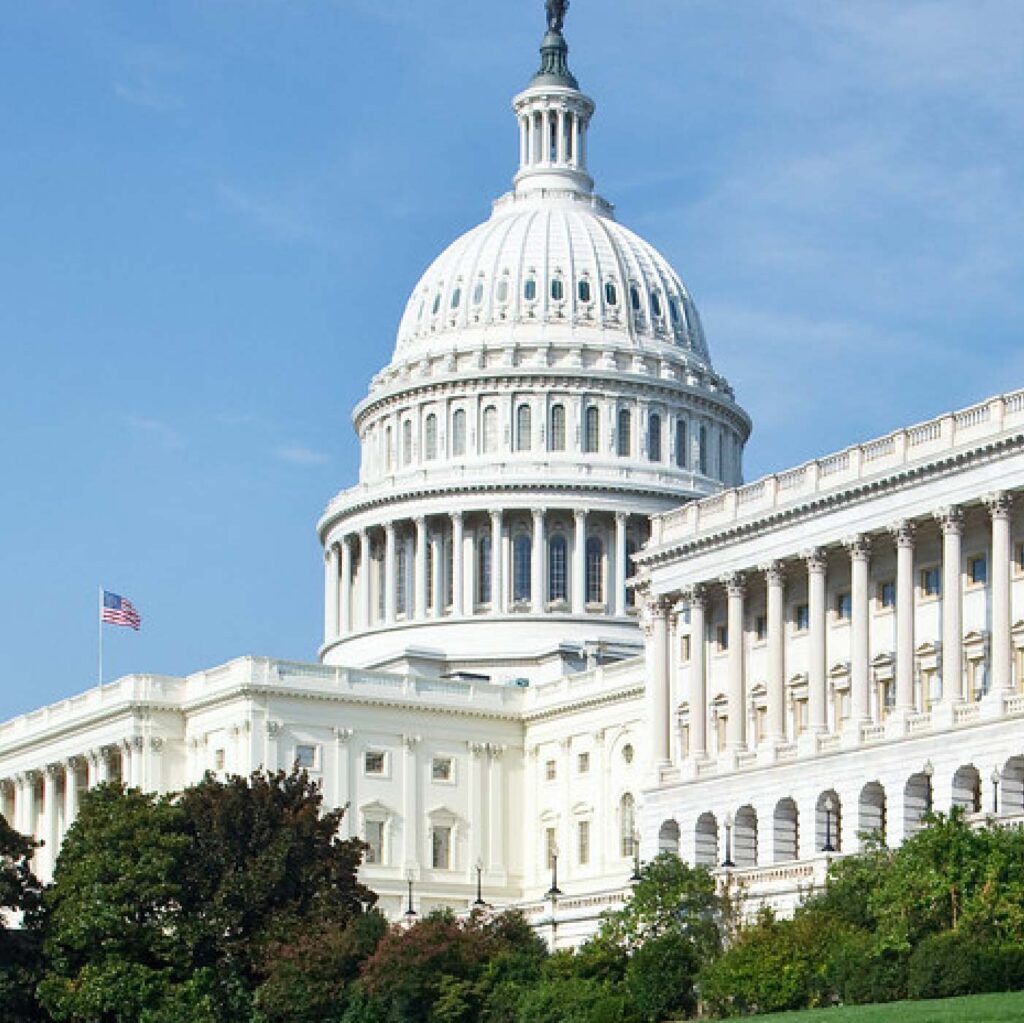Head Start Final Rule Makes Big Changes to Staff Compensation, Program Eligibility, and More

The Office of Head Start (OHS) published the final rule on August 21st, titled Supporting the Head Start Workforce and Consistent Quality Programming, updating the Head Start Program Performance Standards.
Head Start plays a critical role in the lives of families in poverty, providing children with high-quality early learning opportunities and families with comprehensive support services. The program has faced new challenges in recent years, especially following the Covid-19 pandemic, and we commend the Administration for making changes to address these challenges. The updated Performance Standards will be effective on October 21, 2024, though some of the larger changes have compliance dates years out. (FFYF submitted comments in response to the Notice of Proposed Rulemaking at the beginning of the year, along with over 1300 other organizations and individuals.)
The final rule makes multiple changes to support and strengthen the Head Start workforce. Quality programs depend on effective, qualified educators, but low pay and lack of basic benefits have made recruitment and retention pervasive issues in Head Start and other early learning programs. OHS has explained that Head Start staff have been stretching further to meet the needs of children and families in their communities since the beginning of Head Start, and even more so since the Covid-19 pandemic brought on new challenges. The program cannot continue to meet its goals unless it addresses the chronic undercompensation for the Head Start workforce.
The new rule includes requirements for Head Start programs to pay educators higher salaries, comparable to local public preschool teachers. If a Head Start program doesn’t have a public preschool to compare itself to, the rule instructs it to use the metric of 90% of local public kindergarten teacher salary. Programs are allowed to use neighboring district’s salaries as a point of comparison, as the goal is for providers to compare to their community as opposed to meeting a national average. Salaries will take into account qualifications, experiences, hours worked, and responsibilities. The rule also stipulates that wages must be comparable across Head Start and Early Head Start, addressing the historical inequity in infant and toddler teachers being paid less than pre-K teachers. OHS predicts that this change will raise most Head Start teacher annual wages by about $10,000. Outside of the requirements for educators, programs must establish or update a salary scale or pay structure to ensure competitive, livable wages for all staff.
The updated Performance Standards also address the need for better benefits. For full-time staff, programs will be responsible for offering paid leave, offering access to free or low-cost short-term behavioral health services, and providing or helping employees access health insurance. For part-time staff, programs must facilitate access to health care coverage. Programs also must connect all eligible employees to child care subsidies and public service loan forgiveness. To support staff wellness, the final rule also requires programs to provide staff members with regular, adequate breaks during their work shifts.
Supporting the workforce through competitive compensation is of the utmost importance, but these changes come with significant cost. OHS has a few conditions in place to ensure that these requirements do not bring undue hardship to programs. Small programs (those with less than 200 funded slots), will not be subject to the wage and benefit provisions of the new rules. They instead will need to show they are making progress on compensation over time. The rules also include a stipulation that if funding from Congress is too low, the Secretary has the option to waive many of the compensation changes. Programs have seven years to meet the changes for wages and four years to meet the requirements around benefits.
Another major change, which will have a more immediate impact on programs as it is effective in October, is the updated eligibility requirements. Cost of living varies across the country, largely driven by the cost of housing. The new rules allow programs the option to make an adjustment for excessive housing costs for eligibility determination that would allow more families in need to access Head Start. This important update to the eligibility measures will help programs reach full enrollment and allow more families in need to access the program. “Excessive costs” will be considered spending over 30% of income on housing. OHS will release a tool to help programs more easily determine family eligibility with this change.
In response to growing concern for adult and child mental health and well-being, the updated Performance Standards strengthen and clarify program standards related to mental health and improve the integration of mental health support throughout the program. Programs will be required to use a multidisciplinary approach “to support a program-wide culture that promotes mental health, social and emotional well-being, and overall health and safety for children and adults.” This includes a focus on strengthening the role of mental health consultation and reducing the barriers that programs currently face to accessing mental health consultation.
Among other important changes to strengthen the program, the new rule also includes a change in terminology. “Head Start” will now refer to the umbrella program that includes Head Start Preschool (serving children ages 3 through 5) and Early Head Start (serving pregnant people and children ages 0 through 2).
It is important to note that these changes do not necessarily come with additional funding from Congress. OHS acknowledges that some of these changes will be challenging without additional funding, but feels that the program is not sustainable in its current form. They have launched the “Nurturing the Promise” campaign which will communicate the changes to grantees and providers in the coming months. The resources are forthcoming. OHS will be working to align the technical assistance system with new standards and ensure all systems reflect these updates.
FFYF commends the Administration for this tremendous body of work to update Head Start and ensure that the final rule reflects the comments submitted by the community. The final rule moves the program forward to better meet the needs of children and families. We look forward to continuing to work with OHS and the larger Head Start community to advance the best possible outcomes for kids.
Subscribe to FFYF First Look
Every morning, FFYF reports on the latest child care & early learning news from across the country. Subscribe and take 5 minutes to know what's happening in early childhood education.



